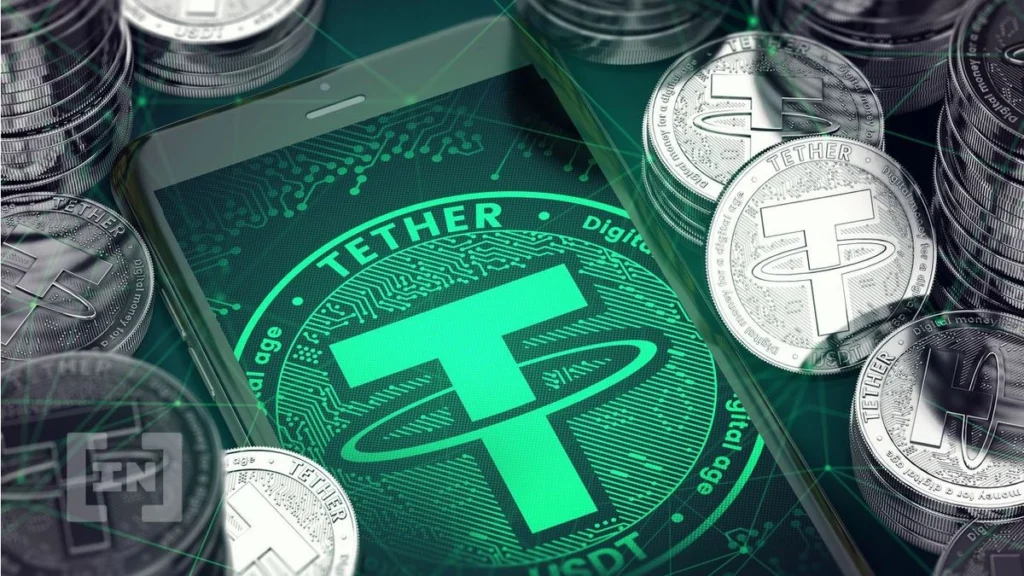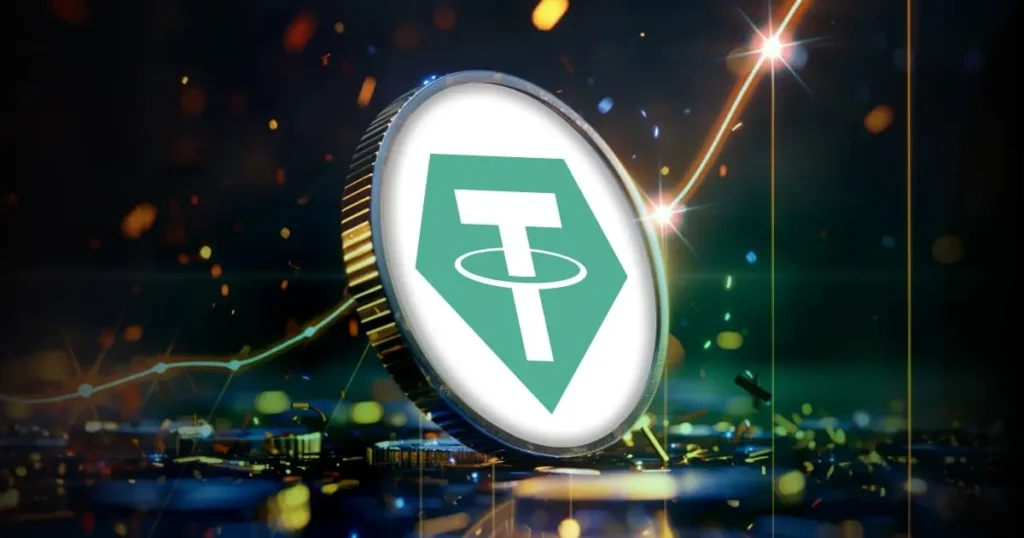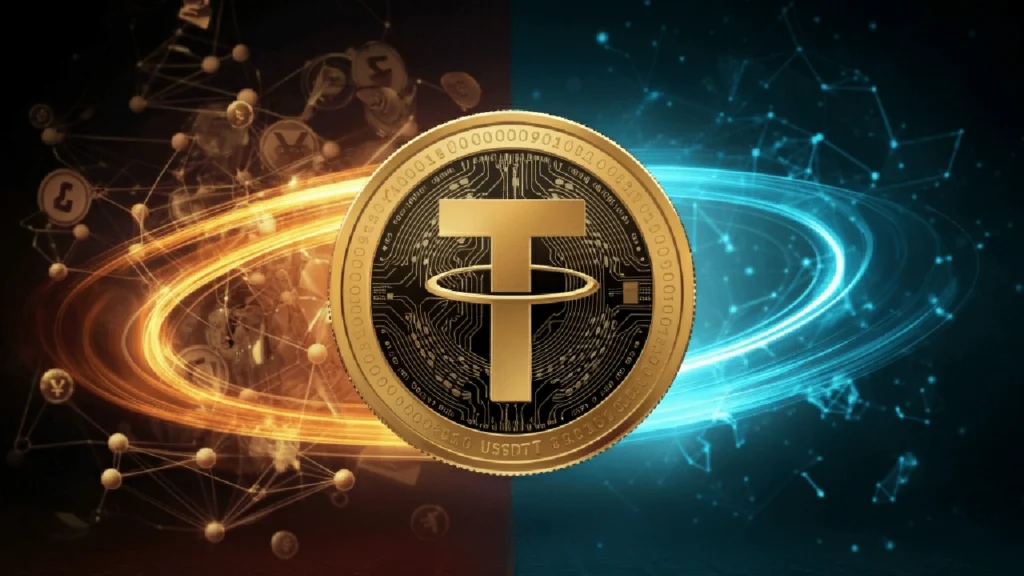Why Use USDT? A Rising Trend in Global Transactions
As the broader cryptocurrency market continues to swing wildly, more users are turning toward stablecoins—particularly USDT—as a safer, more predictable alternative. Why use USDT has gone from a niche question in online forums to a very real consideration for traders, freelancers, and even small businesses worldwide.
Once viewed mainly as a tool for crypto trading pairs, USDT is now playing a bigger role in remittances, payments, and capital protection—especially in regions with economic uncertainty. But what’s fueling this trend, and what concerns are trailing behind?
Tether’s Stability Attracts Users Seeking Dollar Exposure
A major factor driving people to use USDT is its peg to the U.S. dollar. In regions experiencing currency devaluation—think Argentina, Lebanon, Turkey—USDT often becomes a financial lifeline. Some families now receive monthly support via Tether, while others simply park savings in it as a hedge against local inflation.
Even in crypto-heavy regions like Southeast Asia and Latin America, the search term “why use USDT” has seen a noticeable uptick. Analysts point to a demand for digital dollar exposure that doesn’t require a U.S. bank account.
“We’re seeing a practical shift,” said Lina Zhang, a fintech researcher based in Singapore. “People aren’t just speculating—they’re using USDT for real-world needs.”

But Concerns Linger: Is USDT As Backed As It Claims?
Despite its popularity, Tether has faced ongoing scrutiny over its reserves. The company claims every USDT is backed 1:1 by real assets, but critics have long called for full, transparent audits. While Tether now releases regular attestations, not everyone is convinced.
Some say it’s a necessary compromise: “Is it perfect? No,” said Carlos Jimenez, a DeFi educator. “But for someone sending $200 back home each month, it works better than most banks.”
There’s also the regulatory elephant in the room. USDT remains in a kind of legal gray zone in many countries. Some governments have banned its use outright. Others, like the U.S., are still wrestling with how to classify and regulate stablecoins.


Why Use USDT for Payments and Transfers? Speed and Simplicity
It’s not just about price stability. Users often cite low fees and near-instant transaction times as key benefits. Whether you’re sending money to family, paying a freelancer, or moving funds between exchanges, USDT’s efficiency is hard to ignore.
And with blockchains like Tron and Solana offering near-zero fees, USDT has become more attractive than traditional wire transfers, which can take days and cost a chunk of the total amount.
Even gig workers and digital nomads are getting on board. “I don’t want to wait five days for a wire or lose 6% in bank charges,” said a remote developer based in Manila. “I ask clients to pay me in USDT—it’s faster, cheaper, and I get the full amount.”

Not Fully Anonymous, But Widely Available
While USDT doesn’t offer true anonymity—blockchain records are public and traceable—it’s still relatively accessible. All you need is a crypto wallet and a network connection. No paperwork, no credit check.
This accessibility is part of its appeal, especially in regions with limited banking infrastructure. But as adoption grows, so do the calls for better oversight and clearer rules—something Tether and its users may have to face sooner rather than later.

Conclusion: Why Use USDT May Keep Gaining Traction
In a landscape full of volatility and confusion, USDT’s predictability is winning people over. Whether it’s being used to dodge inflation, send money abroad, or just avoid traditional banking fees, the reasons for using Tether keep stacking up.
Still, questions about regulation and reserve transparency haven’t gone away—and probably won’t anytime soon. But for now, the answer to why use USDT seems to be: because, for many people, it simply works.
Relevant news: Why Use USDT? The Real Pros & Cons You Should Know




